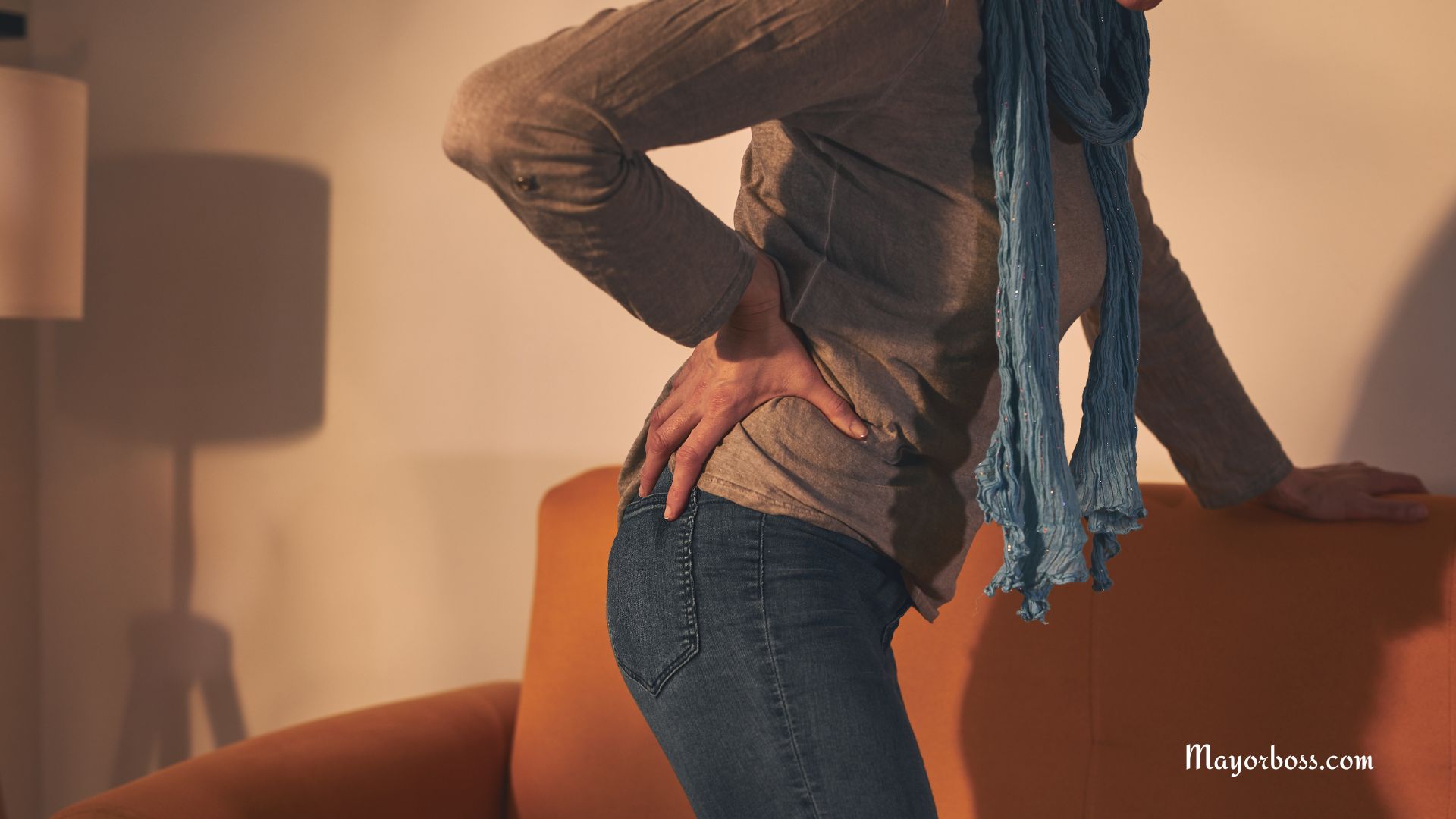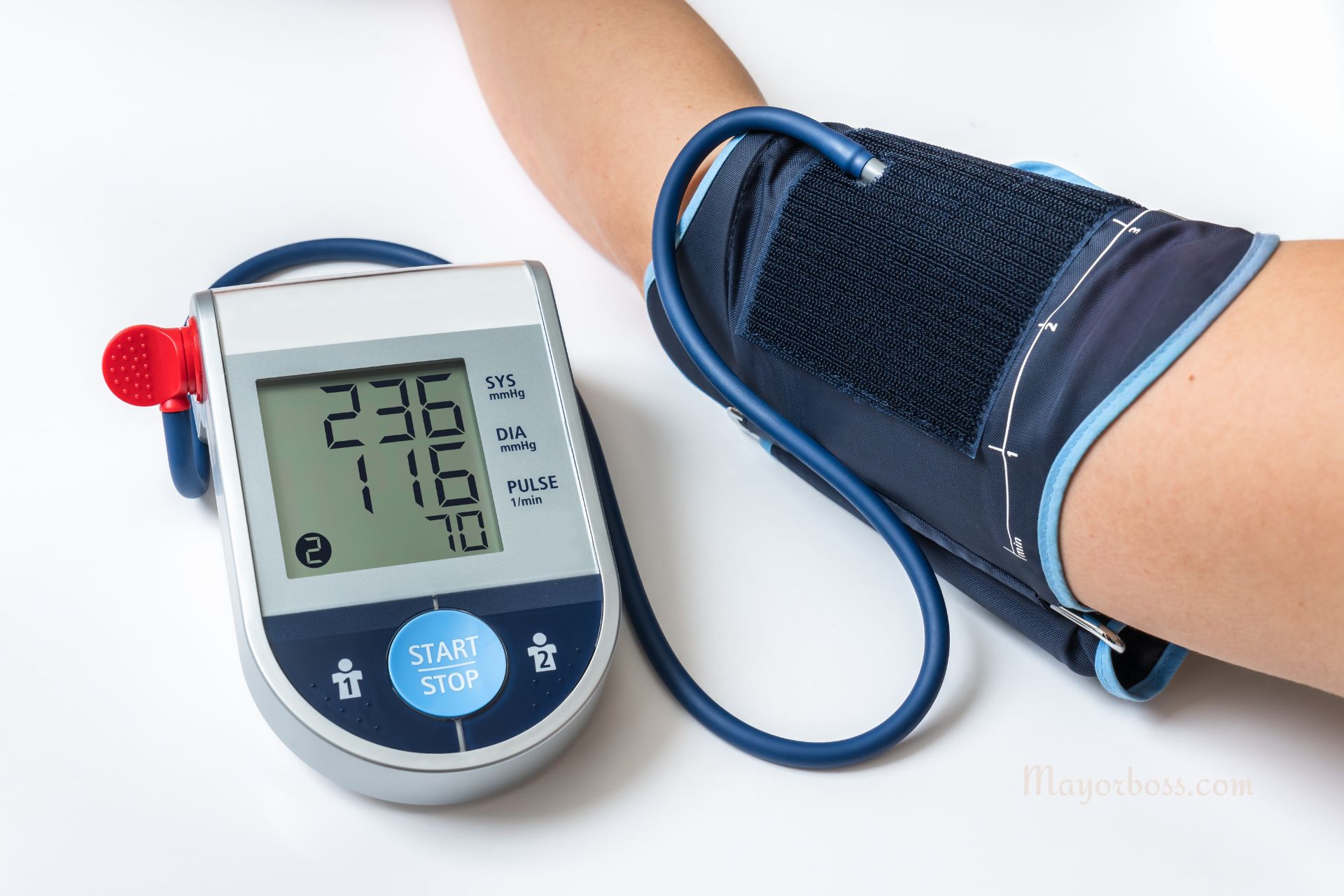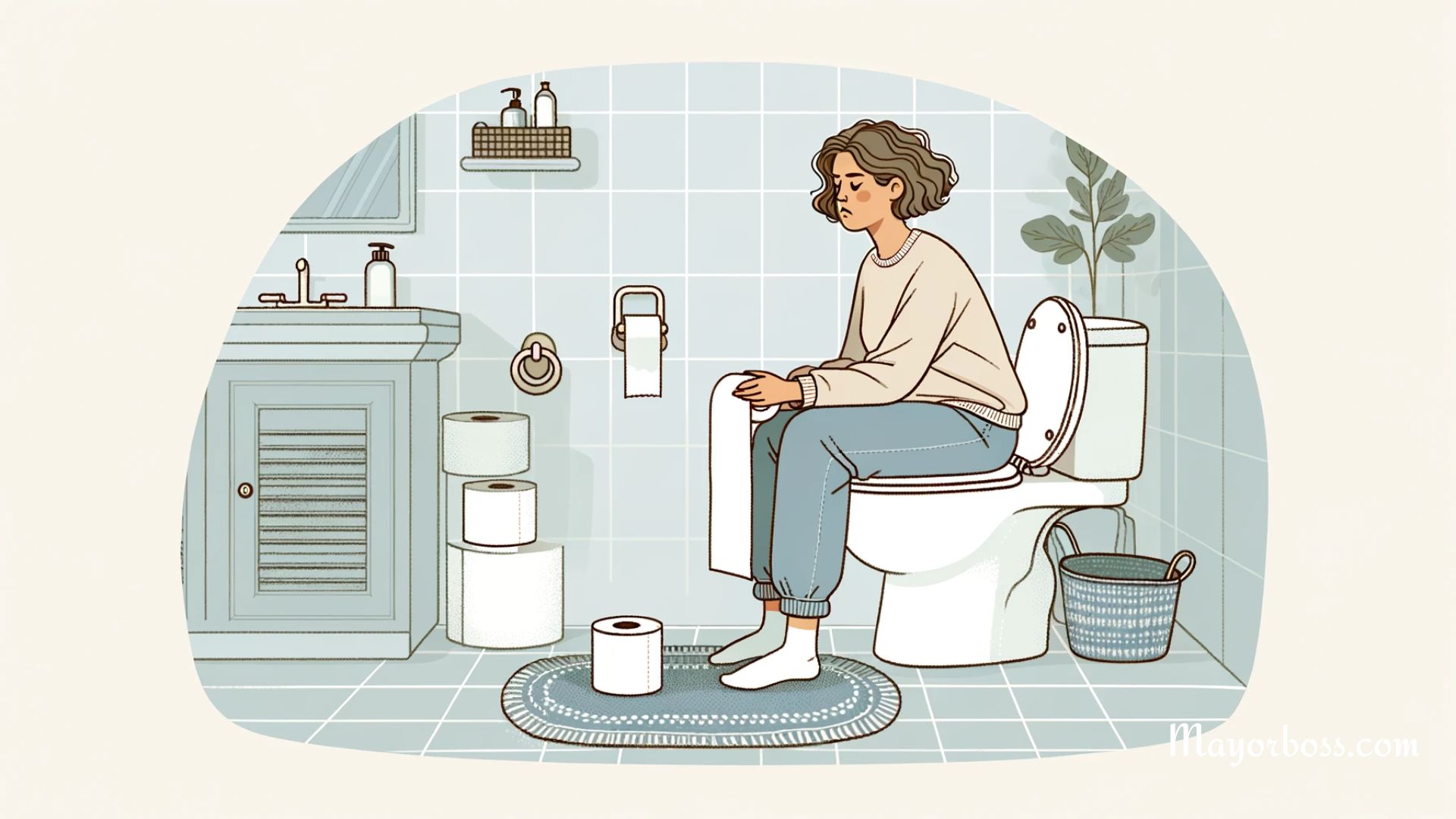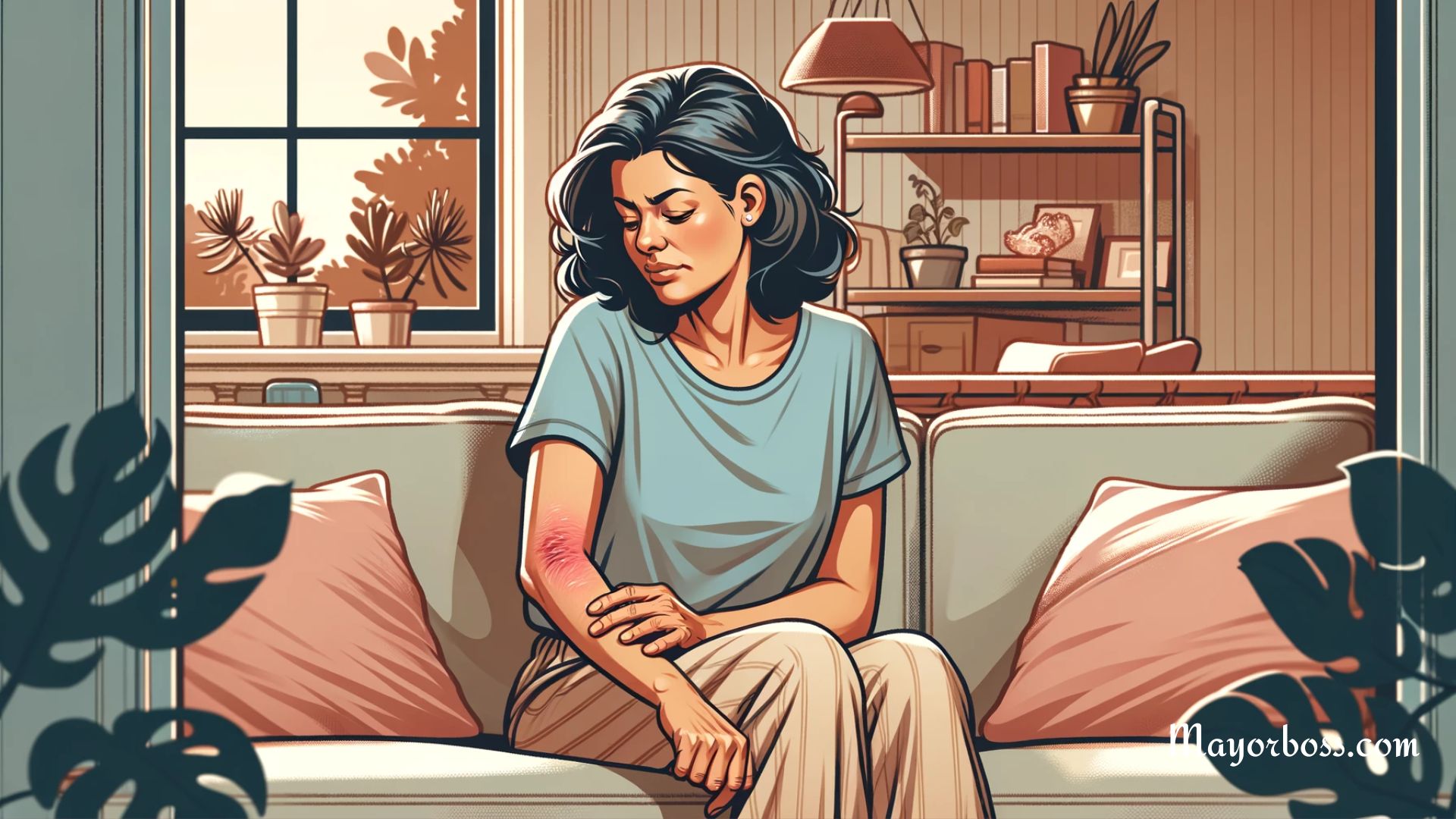Walking Pneumonia Symptoms: What You Should Know
You might have heard of pneumonia, which is an infection in the lungs that causes difficulty in breathing, fever, and a general sense of being very ill. But what if you can still walk around, go to work or school, and continue with your daily tasks—only to find out you have pneumonia? That’s when we call it “walking pneumonia.” medically known as atypical pneumonia. Doctors often use this term to describe a milder form of pneumonia, most commonly caused by a type of bacteria called Mycoplasma pneumoniae.
This bacteria tends to spread from person to person through tiny droplets. If someone sneezes or coughs and you happen to breathe in those droplets, you could catch walking pneumonia. Because the infection is rather mild, people may not realize they are contagious. They might go about their normal routine, unknowingly passing the bacteria along to coworkers, classmates, friends, or family members.
Common Warning Signs
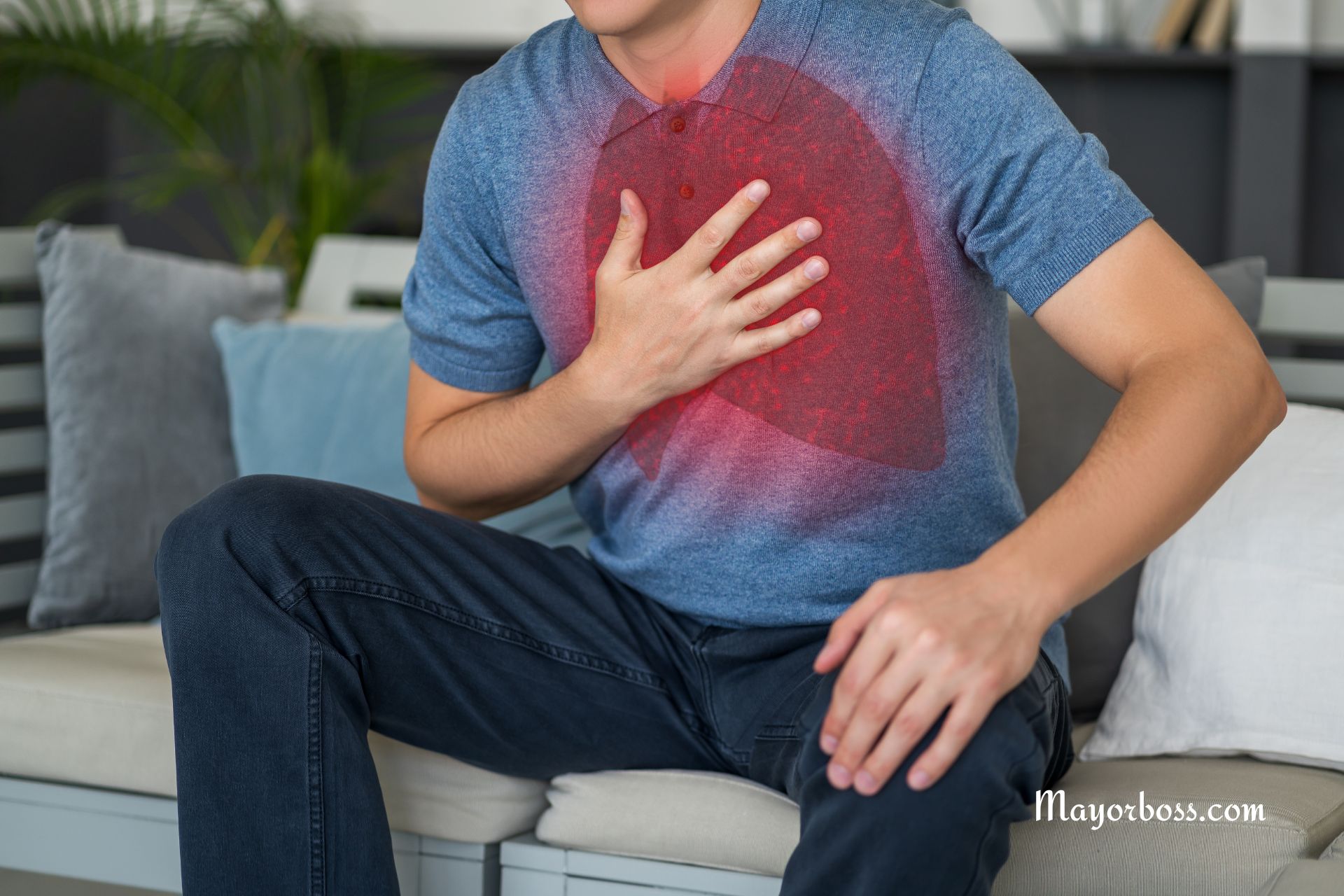
The symptoms of walking pneumonia often begin slowly. Sometimes you may feel like you’re just catching a cold or coming down with the flu. Here are a few warning signs to keep an eye on:
- Persistent Cough
One of the first clues of walking pneumonia is a nagging cough. It might start as a simple tickle in your throat, but it can linger for weeks. This cough is usually dry, meaning you may not see much mucus when you cough. - Mild Fever
While high fevers are common in typical pneumonia, walking pneumonia tends to bring on a lower-grade fever or sometimes no fever at all. If you do get a fever, it might hover around 100 or 101 degrees Fahrenheit. - Fatigue and Weakness
Feeling worn out is a very common complaint. You might notice that routine tasks, such as climbing the stairs or carrying groceries, wear you out more than usual. Even though the illness is considered mild, this tiredness can stick around, making everyday life feel a bit tougher. - Headaches and Body Aches
Just like with a cold or mild flu, walking pneumonia can cause headaches and sore muscles. These aches can vary from a slight annoyance to a more nagging discomfort that affects your concentration. - Sore Throat
A scratchy or sore throat might be one of the first signals that something is wrong. Because the lungs and airways are irritated, you could also have a hoarse voice. - Runny or Stuffy Nose
Though it’s not always present, many patients experience a stuffy nose or sneezing. These symptoms can make the illness look a lot like the common cold.
Other Symptoms
Beyond these typical signs, there are a few less common symptoms that could also point to walking pneumonia:
- Chest Tightness
Some individuals notice a mild pressure in the chest that feels a bit like wearing a tight vest. This sensation may come and go, but if it persists, reach out to your doctor. - Shortness of Breath
Even though walking pneumonia is milder than the classic version, you might occasionally find yourself short of breath. Climbing stairs or going for a brisk walk might leave you more winded than usual. - Ear Pain or Ear Fullness
Because Mycoplasma pneumoniae can also irritate the passages that link to your ears, you might experience a dull earache or a feeling of fullness in your ears. - Nausea or Diarrhea
Though rare, some individuals report mild digestive troubles, such as nausea or diarrhea. These stomach-related symptoms are not always front-and-center, but they can appear.
Because these signs can resemble other respiratory illnesses, it might be easy to assume you just have a passing cold. However, if these mild symptoms stretch on for more than a week, it’s a good idea to check with a doctor.
Children May Have Different Symptoms
Kids with walking pneumonia might show different or stronger symptoms, such as:
- Wheezing: A whistling sound when they breathe out.
- Not wanting to eat: They might lose interest in food or drinks.
- Irritability: They could be cranky or have trouble sleeping.
Diagnosing Walking Pneumonia
When you visit a doctor, they will usually start with a physical examination. They will listen to your lungs for any unusual sounds, such as crackles or wheezes. They might also ask if you’ve been around people who have been sick lately. To be certain, a chest X-ray may be ordered. This image can help the doctor see any inflammation in your lungs. In some cases, a doctor might take a blood sample or a swab from your throat to test for signs of the bacteria.
A correct diagnosis is important because it ensures you get the right treatment. If you mistakenly think it’s only a cold and wait too long, it may get worse and cause further complications.
Treatment and Recovery
Antibiotics are commonly used to treat walking pneumonia, but not everyone with walking pneumonia needs them. Your doctor will decide the best course based on your symptoms and test results. Once you start the proper medication, improvements often begin within a few days. Finish all the antibiotics you’ve been prescribed, even if you feel better.
However, it’s important to remember that rest and self-care are just as crucial as taking your medicine. Get plenty of sleep, drink lots of fluids like water or warm broth, and try to keep your stress levels low. Simple measures such as covering your mouth when you cough and washing your hands often can also help prevent spreading the illness to others.
Recovery time can vary, but most people bounce back in a couple of weeks. Sometimes the cough can hang on, so don’t be alarmed if you’re still coughing a bit after other symptoms fade.
Prevention
Avoiding walking pneumonia involves keeping your immune system strong and protecting yourself from germs. Here are some tips to help:
- Wash Your Hands Often
Using soap and warm water for at least 20 seconds can help remove unwanted germs. - Cover Up When You Cough or Sneeze
Use a tissue or your elbow to catch droplets. Throw the tissue away right after, and then wash your hands. - Stay Home if You’re Sick
If you have a fever or feel too ill to attend work or school, it is best to stay home. By doing so, you reduce the chance of spreading germs. - Eat a Balanced Diet
Filling your plate with fruits, vegetables, and other nutrient-rich foods can help keep your body’s defense system in top shape. - Get Enough Sleep
Adequate rest helps your body fight off illnesses more effectively.
If you suspect you have walking pneumonia, make an appointment with your doctor to discuss the best course of action.


